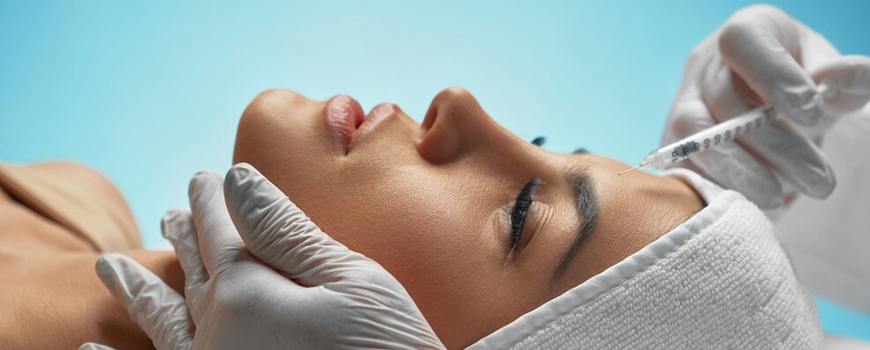What is Botox?
Botox, or botulinum toxin, is a neurotoxin produced by the bacterium Clostridium botulinum. Although this substance is known for its toxicity, in small and controlled doses, it has widespread applications in medicine and aesthetic dermatology. Botox blocks nerve signals to the muscles, leading to their temporary relaxation. This property makes it a popular choice for reducing wrinkles and fine lines.
What are Botox procedures and their goals?
Botox is most commonly used in aesthetic medicine for:
- Reducing dynamic wrinkles on the forehead, around the eyes ("crow's feet"), and between the eyebrows.
- Lifting the eyebrows for a more open and youthful look.
- Softening "barcode" wrinkles above the upper lip.
- Smoothing lines around the mouth and neck.
- Controlling excessive sweating (hyperhidrosis) in the underarms, palms, and soles.
- Treating chronic migraines and muscle spasms.
What are the potential dangers and side effects?
Although Botox is relatively safe when properly administered, there are risks that should not be overlooked:
- Allergic reactions – rare but possible, including redness, swelling, or itching in the treated area.
- Drooping eyelids (ptosis) – if Botox spreads beyond the target area, it can cause unesthetic and uncomfortable effects.
- Facial asymmetry – improper injection can lead to distorted facial features.
- Difficulty swallowing or speaking – due to improper dosing or poor injection technique.
- Headache and feeling of heaviness – some patients experience temporary discomfort after the procedure.
- Risk of infection – although low, it exists if hygiene protocols are not followed.
Who can and who cannot perform Botox procedures?
Botox should only be administered by qualified medical professionals:
- Licensed dermatologists and plastic surgeons – these specialists have undergone training for the safe and effective use of Botox.
- Certified medical professionals (such as aesthetic doctors) – depending on the legal regulations in different countries, Botox may also be administered by physicians with additional qualifications in aesthetic medicine.
Individuals who are not authorized to perform Botox procedures include:
- Beauticians and cosmetologists – while they work in the field of aesthetics, they lack the necessary medical training for the safe administration of Botox.
- Non-medical personnel – procedures should only be carried out in licensed medical facilities, not in beauty salons or private homes.
Botox is a powerful tool for rejuvenation and the treatment of certain medical conditions, but it also carries potential risks. The most important factor is ensuring that the procedure is performed by a qualified specialist in a sterile and controlled environment. If you are considering a Botox procedure, make sure you are fully informed about the benefits and risks to make a safe and educated decision.



